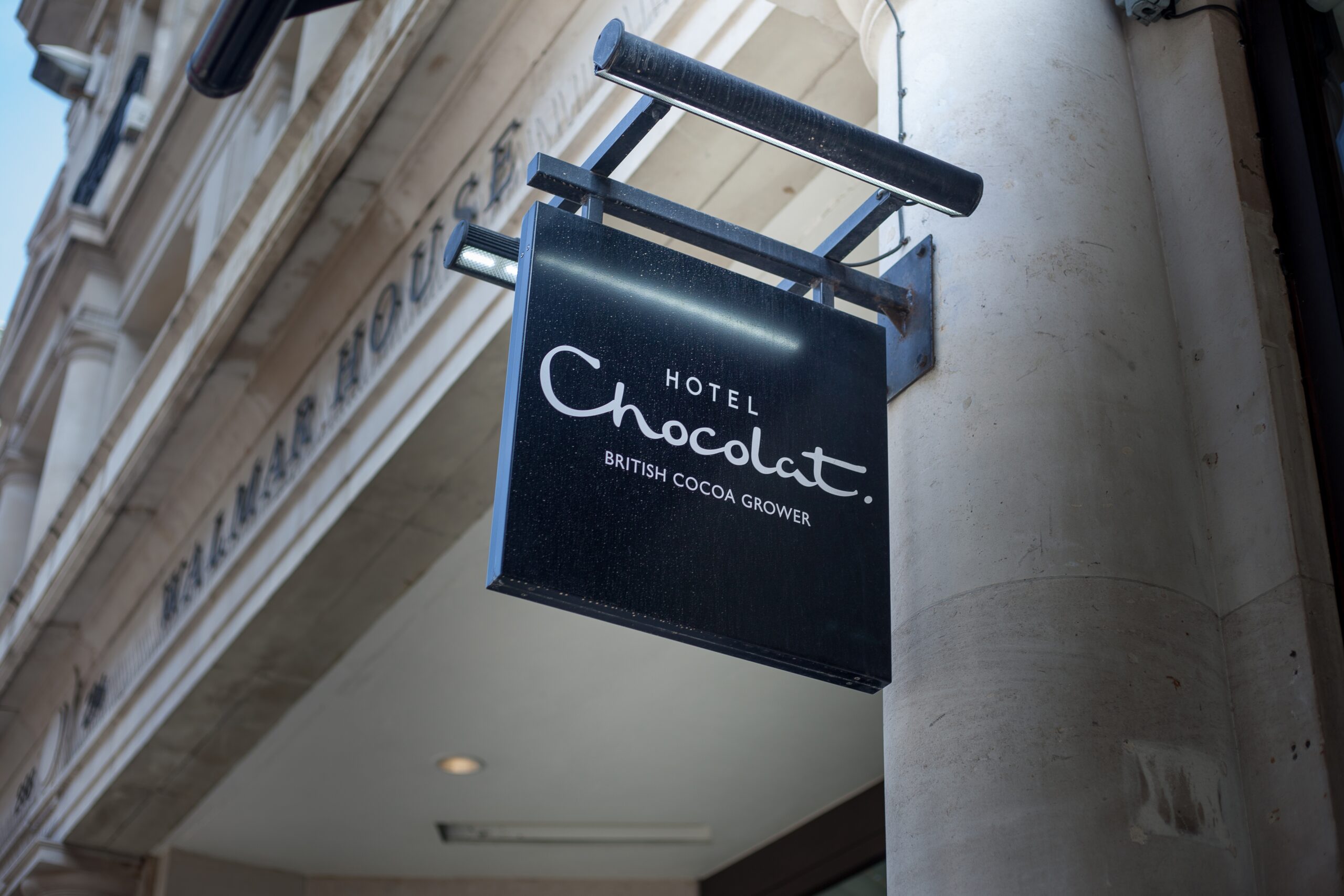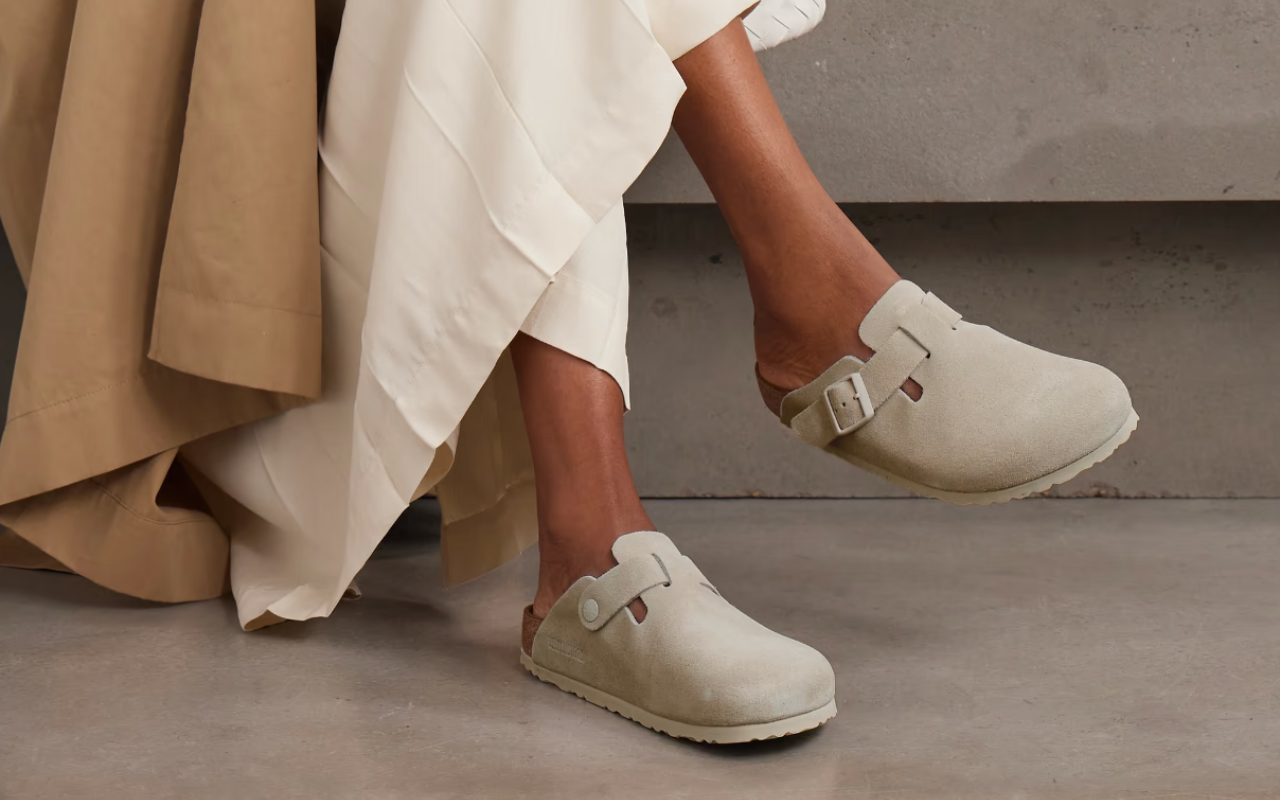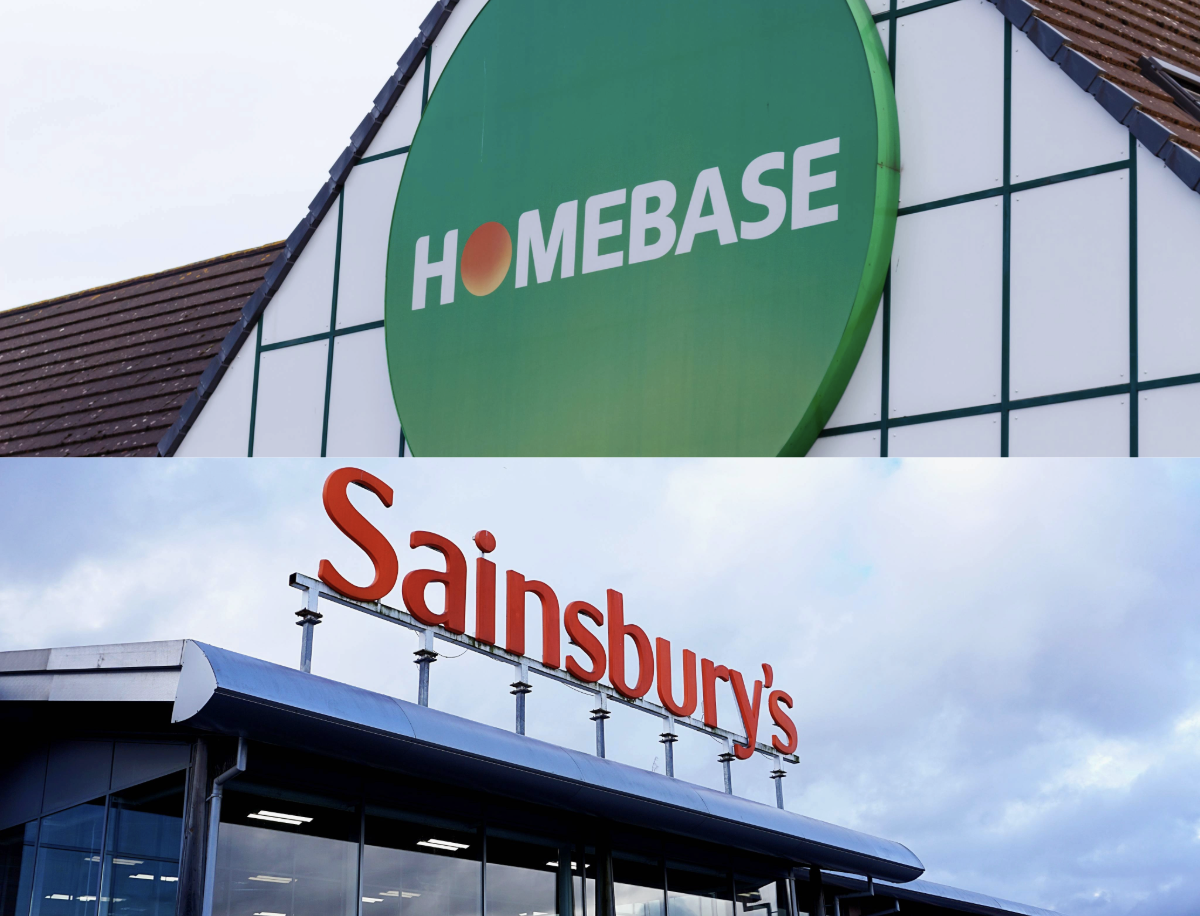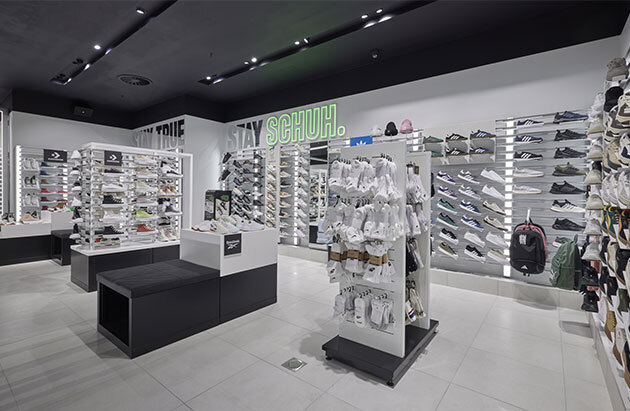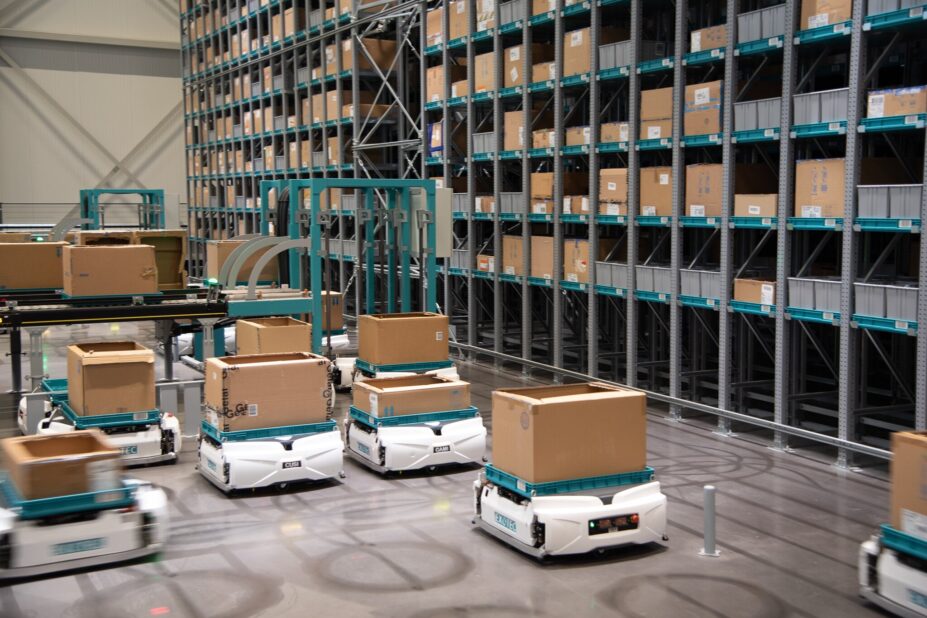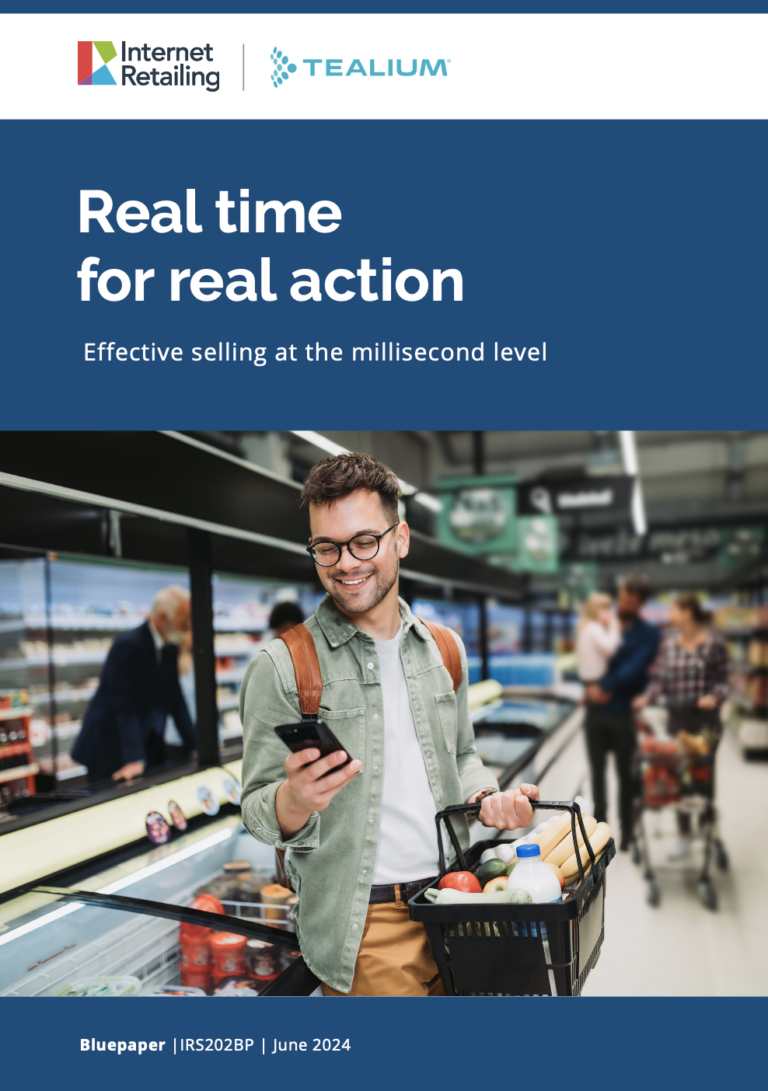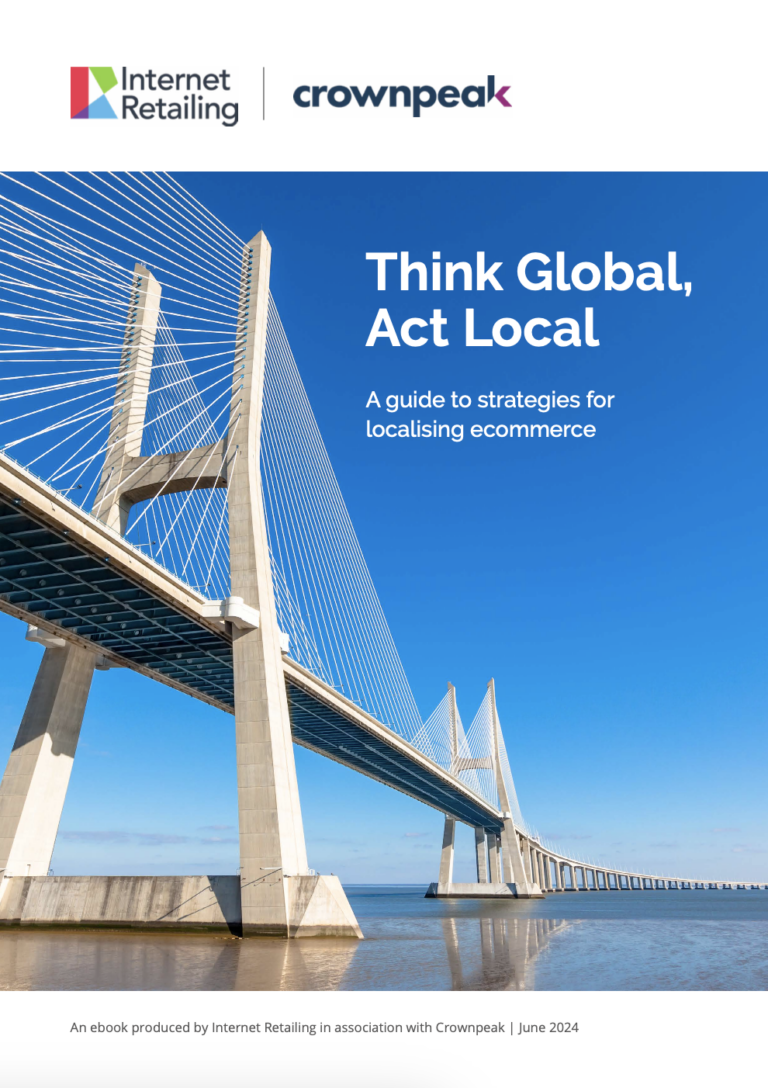Shoppers did more of their spending online in April than the previous month, as the proportion of ecommerce sales to 27% of UK retail sales from 25.9% in March, official figures suggest. Online spending rose compared to the previous month, with sales of clothing and at pureplays particularly strong, according to the ONS Retail Sales report for April 2022 – but fell by almost 11% on the previous year, when the UK came to the end of its last Covid-19 lockdown.
But across all UK retail sales channels, shoppers spent more to buy fewer goods than they had both a year before and a month before. That likely reflects the impact of inflation, which this week was reported to be running at a 40-year-high in the UK, as the CPI (cost price index) rose by 9% in the year to April, particularly reflecting rising energy and food prices.
How shoppers spent across channels
Across all sales channels – and most UK retail sales take place in stores – shoppers spent 1.3% more in April to buy 6.1% fewer goods, excluding automotive fuel, than they did a year earlier. They spent 1.7% more to buy 0.5% fewer goods than the previous month – again, excluding automotive fuel.
Much of the growth came in food stores, where retail sales were 1.1% higher than a year earlier and sales volumes rose by 2.8%, following falls in the previous five months. Spending was down by 0.2% at non-food stores, and grew in non-store retailing – primarily pureplay retailers – by 0.5%.
How shoppers spent online
Shoppers were more likely to buy online than in previous months, with 27% of retail sales taking place online. Thats up from 25.9% in March.
Online sales rose by 6.2% compared to the previous month but were down by 10.9% compared to the same time last year, when non-essential stores were closed until April 12 in the final UK lockdown. Ecommerce sales were lower in all categories than a year earlier, and, compared to the previous month, were ahead in all categories except ‘other’ stores.
Online food sales grew by 0.7% compared to the previous month of March 2022, but were 14.1% down on last April. Some 9.1% of food sales took place online. That’s up from 5% pre-pandemic, but down from 15% a year earlier.
Non-food online sales grew by 1.4% month-on-month but fell by 19.8% on last year, with 21.4% of sales taking place online.
Some 92.6% of non-store retailing sales – a category dominated by online-only traders – took place online. Sales in the category were 11.3% up on the previous month, but 2.6% down on last year.
More than a quarter (26.2%) of clothing, footwear and textile sales were online. Spending was 3.6% up on March 2022, but 7.4% lower than in April 2021.
Department store sales were 21.7% online, with spending up by 2.1% month-on-month, but down by 17%, year-on-year. And 21.5% of spending on household goods was online, with ecommerce sales up by 2% on the previous month, but down by 29.7% on last year.
In ‘other’ stores – ranging from electricals shops to jewellers and bookshops – 17.3% of sales were online, with ecommerce spending down 2% on March 2022, and down 25.8% on April 2021.
The ONS Retail Sales report for April 2022 says the growth in online spending was led by month-on-month increases in non-store retailing (+11.3) and clothing (+3.6%).
It concludes: “Despite the increase in April 2022, the proportion of online sales has broadly fallen since its peak in February 2021 (37.6%) but is substantially above its level of 19.9% in February 2020 before the coronavirus (COVID-19) pandemic.”
Analyst reaction
Melissa Minkow, director, retail strategy at CI&T, says retailers are between a rock and a hard place, with rising sales but falling volumes showing the effect of the cost-of-living crisis as consumers cut back on spending in the face of inflation.
“Retailers too are being affected by product price increases and rising energy costs, but they risk alienating consumers altogether if they hike prices up too much,” says Minkow. “Better weather and the summer holiday season will provide a lift in the short term, but something has to give to iron out bumps in the road ahead. There’s a lot of talk about a universal online sales tax, but ultimately this isn’t nuanced enough to reflect the variety in modern retail platforms, which encompass both digital and physical platforms. Instead, retailers must be creative with how they can soften the blow to consumer spending patterns – for example, looking at ways for consumers to indulge in products without paying full price for items, by offering subscription or rental models.”
Sachin Jangam, partner for retail at Infosys Consulting, says: “Today’s ONS retail results show there is still promise in the high street, despite record high inflation. However, with consumer confidence at its lowest since 1974, retailers will need to remain on their toes for the foreseeable future.
“Margins are inevitably being squeezed but getting the customer experience right will be the saving grace. Physical retailers must prepare to accept more diverse payments including ‘buy now and pay later’ to compete with the flexibility that they receive online. It will also be key to optimise in-store space, to protect those delicate profit margins. Retailers need to take an intelligent approach to stock buying and maximise their profit per square foot by adding services from other brands to their store.”
Karen Johnson, head of retail and wholesale at Barclays Corporate Banking, says: “April was a month of two halves. Travel, holidays and family gatherings around Easter helped drive spend over a key weekend in the month, but the post-Easter reality of rising energy costs and inflation heavily impacted spending later in April.
“Customers are increasingly conscious of the cost of their baskets, and are actively seeking out own brands or deals to reduce costs, which is helping to maintain sales volumes in supermarkets and other essential retailers. Non-essential retail has seen the biggest fall in volumes within the sector, as many consumers simply don’t have the disposable cash to spend on these type of purchases.
“Inflation is also continuing to skew ONS retail data, with sales values now an unreliable metric. Sales volumes are more indicative of the wider sector, and they have been largely down.”
Paul Martin, UK head of retail at KPMG, says: “The current economic situation brings with it swathes of challenges for retailers that are driving increases in their cost base, and exaggerating issues that the sector was already facing as a result of the pandemic. At the same time, bargain-hungry shoppers are looking for low prices and offers, which retailers facing their own tsunami of costs are not in a position to provide.
“With the economic storm clouds likely to be sitting over us for a while, consumers will be forced to change their spending behaviour, which will have an impact on an already fragile retail sector recovering from two years of pandemic restrictions.”


